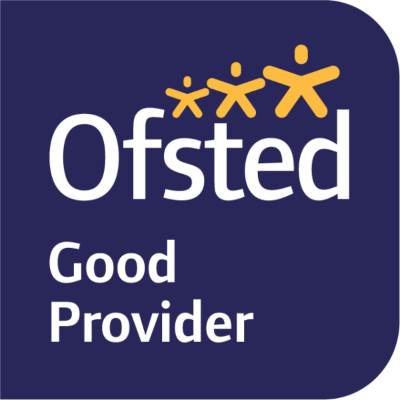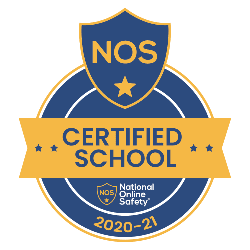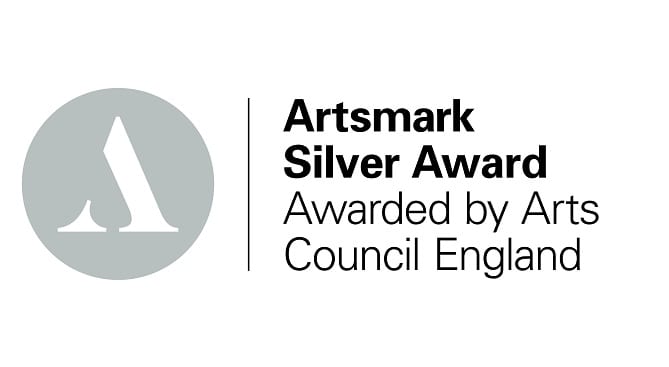How we intend to use the grant
Whole academy
The curriculum will be streamlined to ensure depth of coverage and to ensure identified gaps in learning are covered.
Children who require additional support and counselling will be allocated time with a family support worker/school counsellor. The PiXL character and wellbeing programme will be rolled out to all year groups.
Key stage 2
Through the use of PiXL autumn transition package and diagnosis therapy testing we will identify specific gaps in learning in key domains within English and maths and address the gaps with guidance from the Raising Standards Lead.
Key stage 1
Additional daily phonics sessions will take place in key stage1 and additional resources purchased to support small group/individual interventions.
Through provision of intensive reading intervention for individuals within key stage 1.
EYFS
Through the Nuffield early language intervention lead by the Early Language Lead staff will receive CPD to provide intervention around early language development.
Every Child A Talker (ECAT) trackers will be used to identify children in need of intervention and interventions provided to address gaps.
Early language and communication will be prioritised within the setting following an environment audit for communication friendly spaces.
How we will assess the effect of this expenditure on the educational attainment of our pupils.
Pupils will be tracked through the use of Pixl assessments at three main points in the year.
Teachers and the Raising Standards Lead will work together to analyse and compare data to autumn baselines to check that gaps in learning have been addressed and children are on track to meet their targets.



